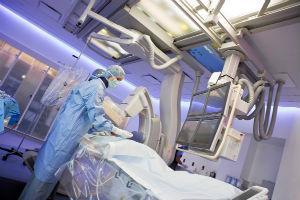 New technologies, legal health requirements and the well-being of patients are the factors that have allowed to change the mentality of the lowest cost when choosing lighting systems for spaces in the health sector.
New technologies, legal health requirements and the well-being of patients are the factors that have allowed to change the mentality of the lowest cost when choosing lighting systems for spaces in the health sector.
Richard Santa Sanchez
Until not so long ago, lighting in specific spaces in the health sector, such as laboratories and operating rooms, were considered as work areas with normal visual tasks, so they were limited to complying with basic lighting standards.
But now, according to the architect Luz Piedad Mantilla, professional Lighting Applications Manager of Osram Colombia, this conception has changed because the lighting design must not only be based on the use of electrical energy in the most economical and efficient way, additionally aspects of human performance and architecture must be contemplated.
"Lighting has a psychological influence on human behavior, and today's patients expect and deserve a healthcare environment that promotes their well-being. Aspects such as the color of the light, the arrangement of the luminaires and the flexibility in the control of the lighting, are an integral part of the design proposal and the new characteristics of these buildings are integrated, "he added.
To this is added that for specific spaces of the health sector today the requirements of regulatory and auditable levels and installation, established by each country, are detailed.
However, according to Jorge Avila, director of Philips Luminarios Mexico, every day there is a greater awareness, new hospital centers and new clinics recognize that light environments generate comfort, productivity and image; that is why they integrate the lighting design as an essential part, from the conceptual proposal of their entire project, and which must walk hand in hand during all stages of construction and completion of work.
He indicated that "to achieve this, it is important to consider the participation of specialists in the field, who manage several brands and product offers to achieve a lighting solution that does not favor a product or a brand but the priority objective of a health center: the patient."
Special conditions
And it is that now the lighting in health centers, whether they are basic or specialized care, the issue is not only based on providing visual conditions for the work of doctors or nurses, avoiding that it does not dazzle or is low, it also seeks to provide well-being for all those who inhabit the space, especially for patients.
These special conditions of the sluces have become a very important segment for the industry, to the point that today the companies that manufacture lighting systems have created departments dedicated exclusively to the research and development of products for the health sector.
As a result, there are luminaires that are designed so that the electrical equipment that operates the lamps does not interfere with treatment or study equipment, such as tomographs, magnetic resonances, ultrasounds, among others.
"Additionally and very importantly, they are built with anti-bacterial materials and prismatic airtight seals that prevent the exit of substances and / or the adhesion of impurities. As well as there are some with IP65 protection, hermetic, resistant to chemical attacks and equipped with fluorescent lamps or with the latest LED technology, "said the Philips representative.
Lighting standards for the health sector, said Luz Piedad Mantilla, have also been extensively developed by the Society of Lighting Engineers of North America, Iesna.
According to the Iesna, when considering the system it should be taken into account that direct lighting causes glare to the patient and a lack of comfort and, on the other hand, indirect lighting prevents glare to the patient and creates more comfortable contrasts. In addition, in the inspection rooms, as they are a work area and where a detailed visual task is carried out, a level of illuminance that avoids shadows and high level of IRC of the light sources must be met.
For her part, Alejandra León Sariñana, senior Marketing Representative Latam of Lutron, stressed that in a surgery room it is important to have dim lights when the patient enters or wakes up, but that there is enough light to perform the operations; or even in procedures where the patient is awake it is important to have lighting that helps their relaxation. This is also seen in nurseries and recovery rooms.
Additionally, the distribution of light must be taken care of, so that fewer equipment cover larger spaces, that do not dazzle, that are sources of light of high color performance, that is, that faithfully reproduce the colors; the color experienced on the faces and surrounding objects is the result of the chemical composition of the materials and the spectrum of light reflected on them.
Contribution to the process
One of the factors highlighted by the three lighting experts on the new systems for the operating rooms is the contribution to provide tranquility and calm to the patient before their medical or surgical procedure. But once the operation has begun, the focus shifts to the surgeons, for whom the lighting levels are adjusted and thus be able to perform their work in the best possible way.
"In laboratories, lighting plays an important and distinct role. Because researchers are in these spaces for long periods, the impact of lighting is great. It is very important to take advantage of the natural light that enters the space and if you do not have natural light, it is advisable to recreate the lighting that best simulates it, because this lighting impacts the productivity of researchers and can make them tire faster or not, "said Alejandra León Sariñana.
In the case of Philips, its new developments point to the use of color and dynamic lighting in cardiovascular rooms to increase workflow, improve visual accuracy for a better and more efficient cardiovascular process. In MRI rooms, patients decrease, to some extent, the fear of claustrophobia and anxiety.
And in places where the imaging task is highly complex, Jorge Avila said, the control room can be transformed to adapt and respond to the selected patient, taking primary consideration for children, with bright and striking colors, and without neglecting older adults with changing soft and pastel colors.
It is very important to keep in mind that good lighting not only produces well-being, it also helps greater accuracy in the study and avoids the need to repeat medical work.
Growing segment
The lighting of the health sector has been gaining a lot of strength in Latin America, benefiting sales for manufacturers. Representatives of Lutron and Philips highlighted Brazil as one of the main markets in the health sector in the region, but they also have successful experiences in Mexico, Argentina and Colombia.
"For Mexico, 2012 has been an excellent year, investments were made in both the public and private sectors, in the latter not only in complete hospital centers, but we have seen a progressive number of small clinics, monitoring and study centers investing as well. The large laboratory chains have invested in the great expansion of their branches, and from the beginning they integrate more efficient and durable LED systems", concluded Jorge Avila.
For her part, Alejandra León Sariñana said that the market is growing and is expected to continue. "Health centers are understanding and proving that lighting control helps reduce light waste and associated light costs, and that incorporating natural light helps improve people's health and increases users' comfort."
Topic of national interest
One of the most recent examples in lighting for the health sector is El Salvador. After the study carried out by the National Energy Council, CNE, of that country, seeking to implement measures that help with the reduction of the cost of maintenance of the buildings of the public health system, they agreed to implement energy saving measures.
The pilot projects will be installed in nine of the hospitals that have energy analyses executed within the framework of the study Energy audits in public hospitals, which will be financed by the CNE for an amount of up to US$125,000. Among the measures implemented are the installation of efficient and friendly lighting systems for patients, medical staff and the environment. The pilot project began at the end of 2012.












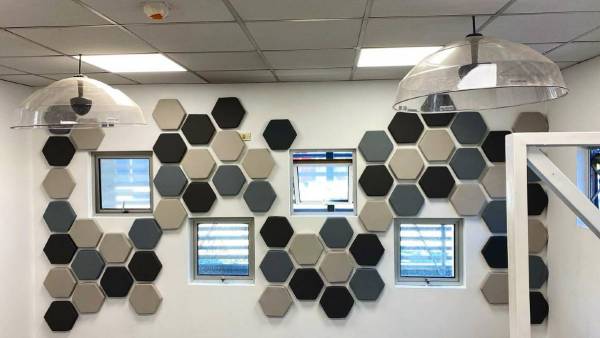
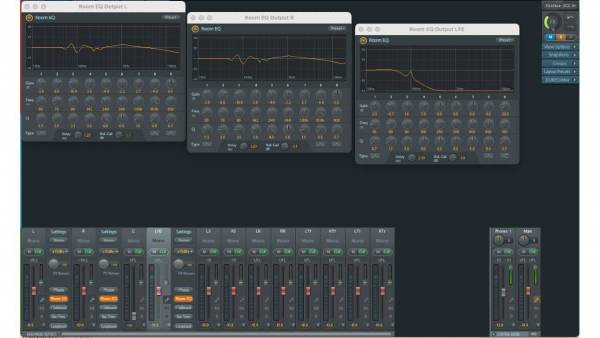

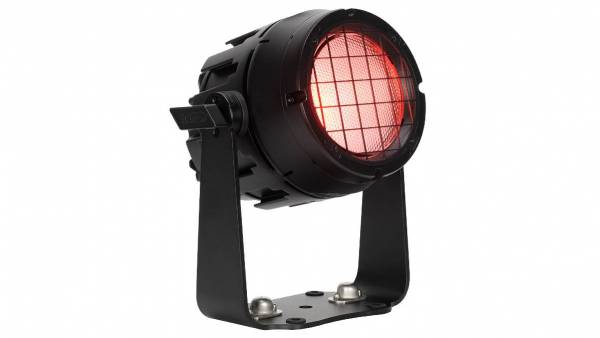

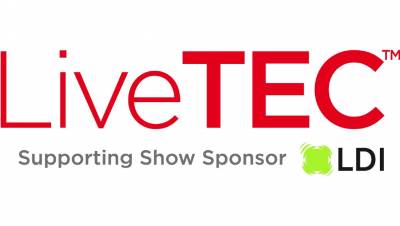








Leave your comment